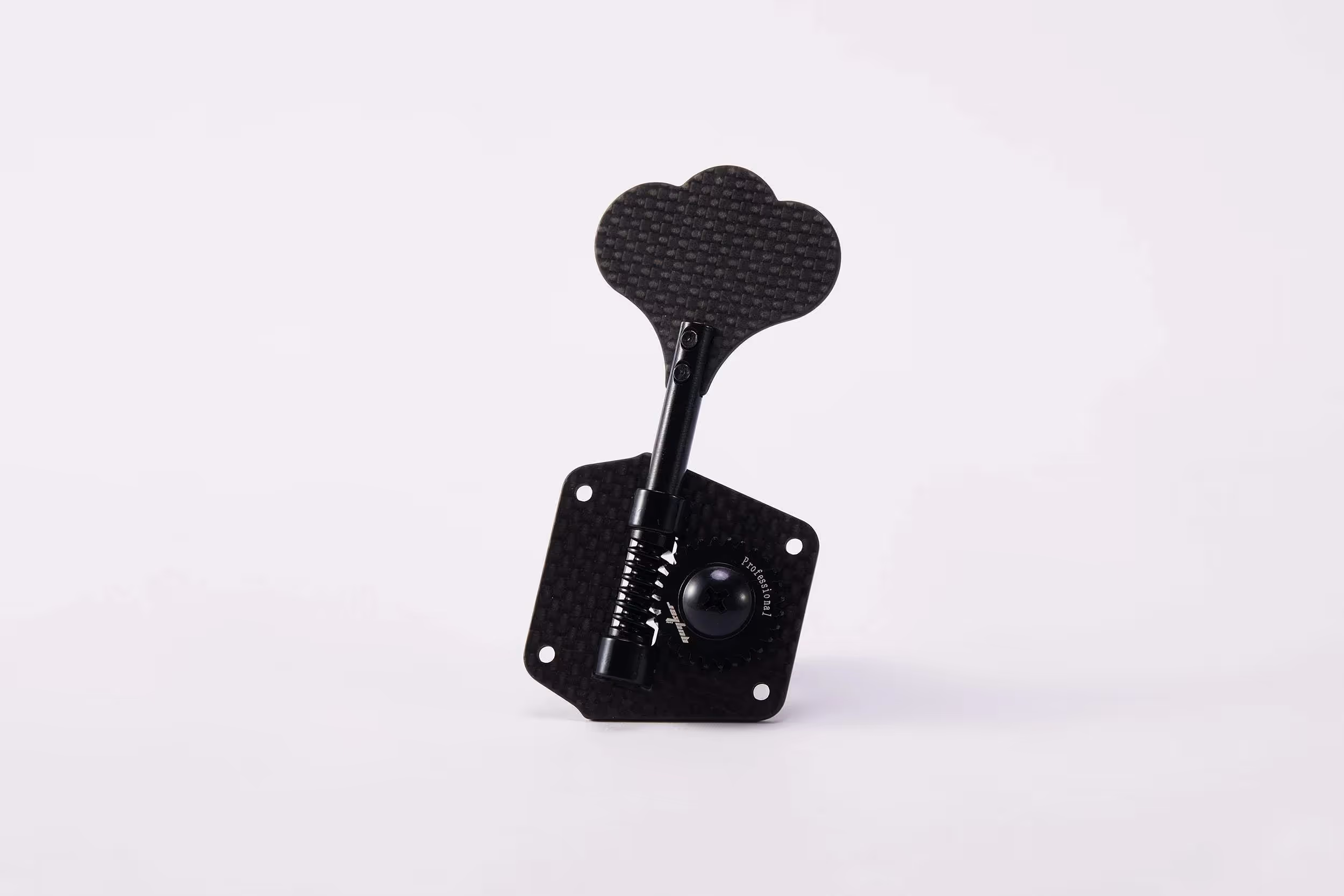
You’re reading this because you have:
- Picked the room you’ll be making music in
- Invested in all the equipment needed
- Spent time and money fitting it together in your studio
- You have the best monitor speakers, DAW, plugins, and a high-powered music production laptop
At this point, many skip on the biggest piece of gear that holds all the equipment together – the room itself!
The room you’ve chosen will have an impact on the sound you hear, no matter if you’ve built a mixing studio in your garage or even in one of your bedrooms. Each room has a specific shape, size, and timbre that contribute to its acoustics.
Let’s go through some simple and affordable ways to improve your studio’s acoustics on a limited budget.
You need your studio to be isolated
Your first objective of improving the studio’s acoustics is to make your studio sound isolated. You have to make sure you stop your sound from going out of the room. But in this case, what you really have to do is stop outside noises from coming into your studio.
Some common issues you might face before making your studio sound isolated are:
- Outside noises: Traffic, construction, and people
- Equipment noises: Air conditioner and computer fans
- Impact noises: Anything that makes a sound while hitting the ground
There are four ways to make your room sound isolated
- Sound Damping:
Damping is the method of dissipating vibrational energy before it can build up and radiate as sound. Green Glue is one of the best damping compounds on the market. You should sandwich the Green Glue between two rigid panels. - Increasing the Weight:
The walls can vibrate because of all the sound energy created by the placement of your monitors or speakers. Try to make the walls thicker than usual, so they do not respond to the sound energy. But if you already have an existing room, try building an additional structure using sheet-block. - Sound Decoupling:
Decoupling is the process of transferring sound by isolating the contact area with a pliable rubber. To decouple the room, you need to isolate layers using resilient channels and sound clips to create a floating wall. Build a floating floor using Auralex U-Boats. You can build a double wall, so it leaves an air gap to block sound. - No Air Gaps:
Our final job is to fill up every little crack in the room. This part is essential because tiny cracks are all the noise that needs to go in and out. You can use an acoustic caulk, automatic door bottoms, and a foam gasket to seal up the gaps. Acoustical caulk can seal up any cracks in the perimeter of the room. The automatic door bottom blocks the open space at the bottom of the door.
You tried all you could to get rid of the unnecessary sound. Yet, you are struggling with your mic picking up unwanted sounds. You can try using a noise gate plugin unit as a cheap solution. You can learn more about noise gates here.
Remove the natural reverb of a room (sound absorption)
Did you ever try to hear the sound of the ocean in a seashell? It sounds like there’s a mighty ocean in the seashell, doesn’t it? The phenomenon is called air cavities. Just like the seashell, a hollow wall can cause an air cavity. When the wall is vibrated by the sound, the air in the wall cavity is also vibrated. When you try blasting the studio with loud music, you might feel the vibration. Sound energy travels through all types of materials. But sound absorption materials can take the sound energy and transfer it through a method called thermodynamic transfer. Sound absorption is the loss of sound energy when it hits the absorbent material.
You need both absorption panels and bass traps for the best result. Absorption panels are perfect for high and mid frequencies. For low frequencies, use store-bought bass traps or DIY bass traps for your room corners.
Reflections and Reverberation
We are able to hear sounds with the help of reflections. When a sound is made from a source, it travels and hits a nearby surface or wall, which reflects it back to our eardrum. Different frequencies reflecting can often clash and cause a misrepresentation of the sound you are hearing.
A great way to test if your room is producing reflections is by simply clapping your hands at different points in the room. If you hear a fluttery echo, you’ll know adjustments are needed in the acoustic insulation and treatment of the room.
Reverberation refers to when sound waves of specific frequencies start canceling each other out, making it difficult to accurately hear and work on your music. Your primary goal is to reduce reflections significantly by removing hard surfaces made of wood, concrete, glass, or leather. These materials do not absorb sound waves as effectively as softer elements.
Adding Furniture and Décor
Adding larger furniture pieces can naturally improve sound insulation. Items like bookshelves and couches help reduce sound reflections while adding a functional touch to your studio. In terms of décor, heavy rugs and thick curtains are excellent options for further reducing unwanted reflections. These elements act as additional soundproofing and can contribute to the overall acoustic quality of your room.
Acoustic Foam Panels
Acoustic foam panels are a cost-effective and lightweight way to absorb and insulate sound waves. They are perfect for affordable acoustic treatment and can be installed on both walls and ceilings to enhance sound quality.
It’s especially important to position acoustic foam panels behind your studio monitors, as this is where unwanted frequencies tend to bounce and interfere with your ability to hear the music clearly. Placing foam panels strategically will give you a better sound mix and improve overall production quality.
You need both absorption panels and bass traps for the best result. Absorption panels are perfect for high and mid frequencies. For low frequencies, use store-bought bass traps or DIY bass traps for your room corners.
You can get your sound absorption panel and bass traps from the Gikacoustics.

Photo created by sid4rtproduction – www.freepik.com
Testing and Diagnosing Room Acoustics
A quick way to identify acoustic problems in your room is by performing the clap test. Simply clap your hands at different spots in the room. If you hear a fluttery echo, it means your room has untreated reflective surfaces. This simple test can guide you in deciding where to focus your acoustic treatment efforts.
Look into sound diffusion
Sound diffusion is how sound waves are dispersed and broken up. Sound acts like light in many ways, and reflection is a prime example. A sound diffuser stops sound from bouncing off various surfaces. Without a diffuser, a room will generate room modes, flutter echoes, and filtering issues.
Diffusers have uneven surfaces, so sound doesn’t reflect in one direction. Instead, it lightens the reflection, leading to better sound clarity.
You can buy an acoustic diffuser from your local shop or build one yourself using plywood if you’re on a budget. Check out this video on “How to build an acoustic diffuser” by TheDSproject.
Bass Traps, Resonators, and Absorbers
Concentrating your acoustic treatment in the corners of the room with bass traps, resonators, and absorbers will help reduce low-frequency reflections. Resonators are particularly effective at trapping specific bass frequencies while excluding mid-to-high frequencies. Combining bass traps, resonators, and absorbers ensures a balanced frequency range, improving studio acoustics and accuracy in music production.
Optimize speaker placement and speaker calibration
If you’ve already followed all the tips, and are not satisfied with the sound, problems with your mix sound could be coming from the placement of your studio monitors.
To find where the flaws are in your room, we're going to capture the flaws with a room mic. Start with an omnidirectional condenser microphone like the Behringer ECM8000 for a budget-friendly option. If you have access to a high-quality microphone like the DPA Microphone 4004 High-SPL, borrow one for the best results.
The listening position and the speaker position must follow some protocols. Sonarworks offers an incredible system called Reference 4 that calibrates your speakers to your room by generating sound. If you cannot do any acoustic treatment, a pink noise mic can be a great help.
Your room should ideally be rectangular. A square room can cause problems like room modes and standing waves, but you can fix this by strategically placing panels.
Position your monitors equidistant from the side walls, facing the longer side of the room. They should be at ear level and form an equilateral triangle with your head, ideally placed 2 meters apart. Make sure to position acoustic foam panels behind the studio monitors to minimize unwanted frequency interference.
We have just released a new tool - use our speaker placement calculator here.
Start now!
So we talked about problems we might face with the studio’s acoustic and how to fix them. Can it get better? Yes, definitely. But we chose the most superficial and affordable solutions. So get your equipment now and start building your studio for the best acoustics.



